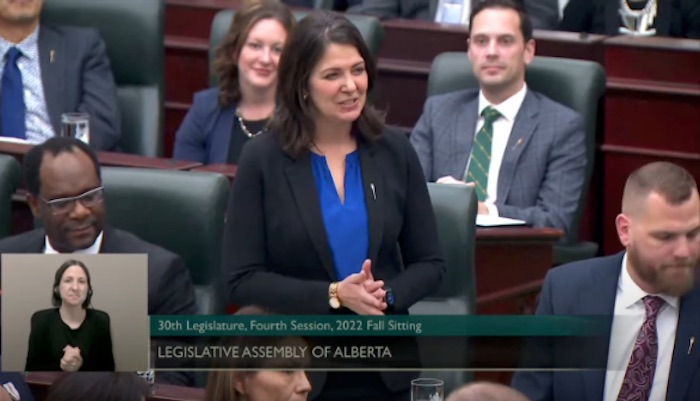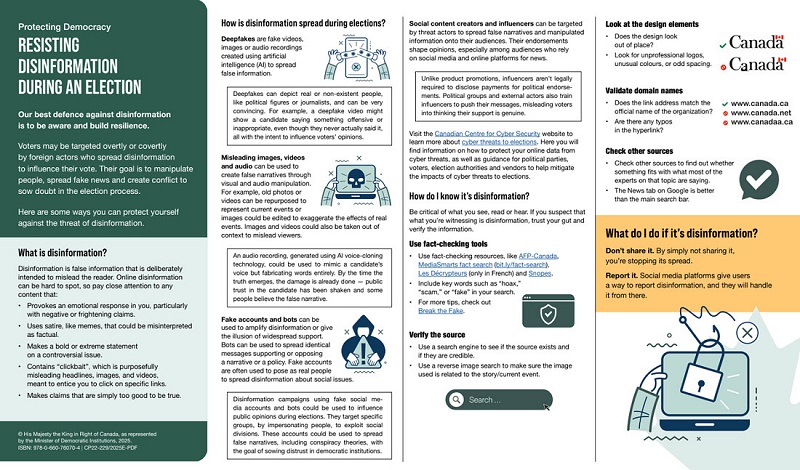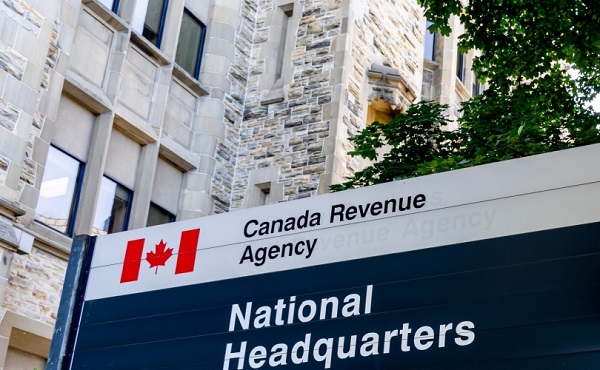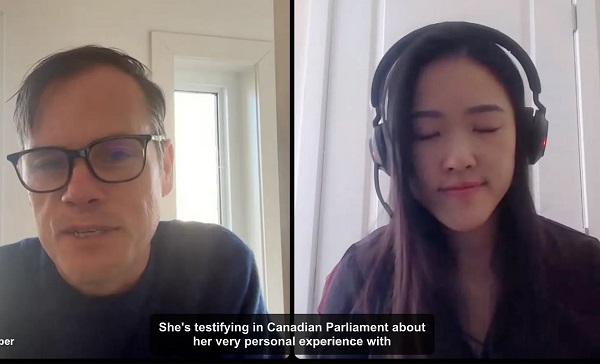Alberta
The Alberta Sovereignty “Within A United Canada” Act has been introduced

Defending Albertans from Ottawa overreach
Alberta’s government has introduced proposed legislation to fight federal laws or policies that negatively affect Alberta’s interests.
If passed, the government will use the Alberta Sovereignty within a United Canada Act to stand up to federal government overreach and interference in areas of provincial jurisdiction, including in the areas of private property, natural resources, agriculture, firearms, regulation of the economy and delivery of heath, education and other social programs.
“Albertans are proud Canadians, and we love our nation dearly. The Canadian Constitution is clear that the federal and provincial governments are equals, each with our own areas of exclusive jurisdiction. The Alberta Sovereignty Within a United Canada Act will be used as a constitutional shield to protect Albertans from federal overreach that is costing Alberta’s economy billions of dollars each year in lost investment and is costing Alberta families untold jobs and opportunities.”
“Alberta’s government will use the Alberta Sovereignty within a United Canada Act to push back on federal legislation and policy that is unconstitutional or harmful to our province, our people and our economic prosperity. It is time to draw a line in the sand, as Albertans rightfully expect the federal government to respect the federal-provincial division of powers.”
If passed, the act will give Alberta a legislative framework to formally defend its provincial jurisdiction while fully respecting Indigenous and treaty rights, Canada’s Constitution and the courts.
Importantly, the act will not compel any private citizen or business to violate federal law, nor does this legislation involve anything related to separation from Canada.
In addition, Premier Danielle Smith has tasked her ministers with preparing a number of special resolutions under this proposed act for the spring legislative session to push back on several federal laws and policies that seek to:
- Regulate and control Alberta’s natural resources and economic development (i.e., Bill C-69).
- Penalize the province’s energy and agricultural sectors, including implementation of mandatory fertilizer cuts and arbitrary emissions reductions that would devastate Alberta’s economy.
- Control the delivery of health care, education and other social programs with strings-attached funding.
- Confiscate legally owned firearms.
- Interfere with the private property or charter rights of Albertans.
- Violate other sovereign areas of exclusive provincial jurisdiction.
Additional information regarding the act is online at alberta.ca/StandUp, as well as in this question and answer document.
Alberta
Made in Alberta! Province makes it easier to support local products with Buy Local program

Show your Alberta side. Buy Local. |
When the going gets tough, Albertans stick together. That’s why Alberta’s government is launching a new campaign to benefit hard-working Albertans.
Global uncertainty is threatening the livelihoods of hard-working Alberta farmers, ranchers, processors and their families. The ‘Buy Local’ campaign, recently launched by Alberta’s government, encourages consumers to eat, drink and buy local to show our unified support for the province’s agriculture and food industry.
The government’s ‘Buy Local’ campaign encourages consumers to buy products from Alberta’s hard-working farmers, ranchers and food processors that produce safe, nutritious food for Albertans, Canadians and the world.
“It’s time to let these hard-working Albertans know we have their back. Now, more than ever, we need to shop local and buy made-in-Alberta products. The next time you are grocery shopping or go out for dinner or a drink with your friends or family, support local to demonstrate your Alberta pride. We are pleased tariffs don’t impact the ag industry right now and will keep advocating for our ag industry.”
Alberta’s government supports consumer choice. We are providing tools to help folks easily identify Alberta- and Canadian-made foods and products. Choosing local products keeps Albertans’ hard-earned dollars in our province. Whether it is farm-fresh vegetables, potatoes, honey, craft beer, frozen food or our world-renowned beef, Alberta has an abundance of fresh foods produced right on our doorstep.
Quick facts
- This summer, Albertans can support local at more than 150 farmers’ markets across the province and meet the folks who make, bake and grow our food.
- In March 2023, the Alberta government launched the ‘Made in Alberta’ voluntary food and beverage labelling program to support local agriculture and food sectors.
- Through direct connections with processors, the program has created the momentum to continue expanding consumer awareness about the ‘Made in Alberta’ label to help shoppers quickly identify foods and beverages produced in our province.
- Made in Alberta product catalogue website
Related information
Alberta
Province to expand services provided by Alberta Sheriffs: New policing option for municipalities

Expanding municipal police service options |
Proposed amendments would help ensure Alberta’s evolving public safety needs are met while also giving municipalities more options for local policing.
As first announced with the introduction of the Public Safety Statutes Amendment Act, 2024, Alberta’s government is considering creating a new independent agency police service to assume the police-like duties currently performed by Alberta Sheriffs. If passed, Bill 49 would lay additional groundwork for the new police service.
Proposed amendments to the Police Act recognize the unique challenges faced by different communities and seek to empower local governments to adopt strategies that effectively respond to their specific safety concerns, enhancing overall public safety across the province.
If passed, Bill 49 would specify that the new agency would be a Crown corporation with an independent board of directors to oversee its day-to-day operations. The new agency would be operationally independent from the government, consistent with all police services in Alberta. Unlike the Alberta Sheriffs, officers in the new police service would be directly employed by the police service rather than by the government.
“With this bill, we are taking the necessary steps to address the unique public safety concerns in communities across Alberta. As we work towards creating an independent agency police service, we are providing an essential component of Alberta’s police framework for years to come. Our aim is for the new agency is to ensure that Albertans are safe in their communities and receive the best possible service when they need it most.”
Additional amendments would allow municipalities to select the new agency as their local police service once it becomes fully operational and the necessary standards, capacity and frameworks are in place. Alberta’s government is committed to ensuring the new agency works collaboratively with all police services to meet the province’s evolving public safety needs and improve law enforcement response times, particularly in rural communities. While the RCMP would remain the official provincial police service, municipalities would have a new option for their local policing needs.
Once established, the agency would strengthen Alberta’s existing policing model and complement the province’s current police services, which include the RCMP, Indigenous police services and municipal police. It would help fill gaps and ensure law enforcement resources are deployed efficiently across the province.
Related information
-

 2025 Federal Election1 day ago
2025 Federal Election1 day agoMEI-Ipsos poll: 56 per cent of Canadians support increasing access to non-governmental healthcare providers
-

 2025 Federal Election18 hours ago
2025 Federal Election18 hours agoRCMP Whistleblowers Accuse Members of Mark Carney’s Inner Circle of Security Breaches and Surveillance
-

 2025 Federal Election1 day ago
2025 Federal Election1 day agoAI-Driven Election Interference from China, Russia, and Iran Expected, Canadian Security Officials Warn
-

 2025 Federal Election2 days ago
2025 Federal Election2 days agoEuthanasia is out of control in Canada, but nobody is talking about it on the campaign trail
-

 Health1 day ago
Health1 day agoTrump admin directs NIH to study ‘regret and detransition’ after chemical, surgical gender transitioning
-

 illegal immigration2 days ago
illegal immigration2 days agoDespite court rulings, the Trump Administration shows no interest in helping Abrego Garcia return to the U.S.
-

 2025 Federal Election2 days ago
2025 Federal Election2 days agoConservative MP Leslyn Lewis warns Canadian voters of Liberal plan to penalize religious charities
-

 Bjorn Lomborg2 days ago
Bjorn Lomborg2 days agoGlobal Warming Policies Hurt the Poor






